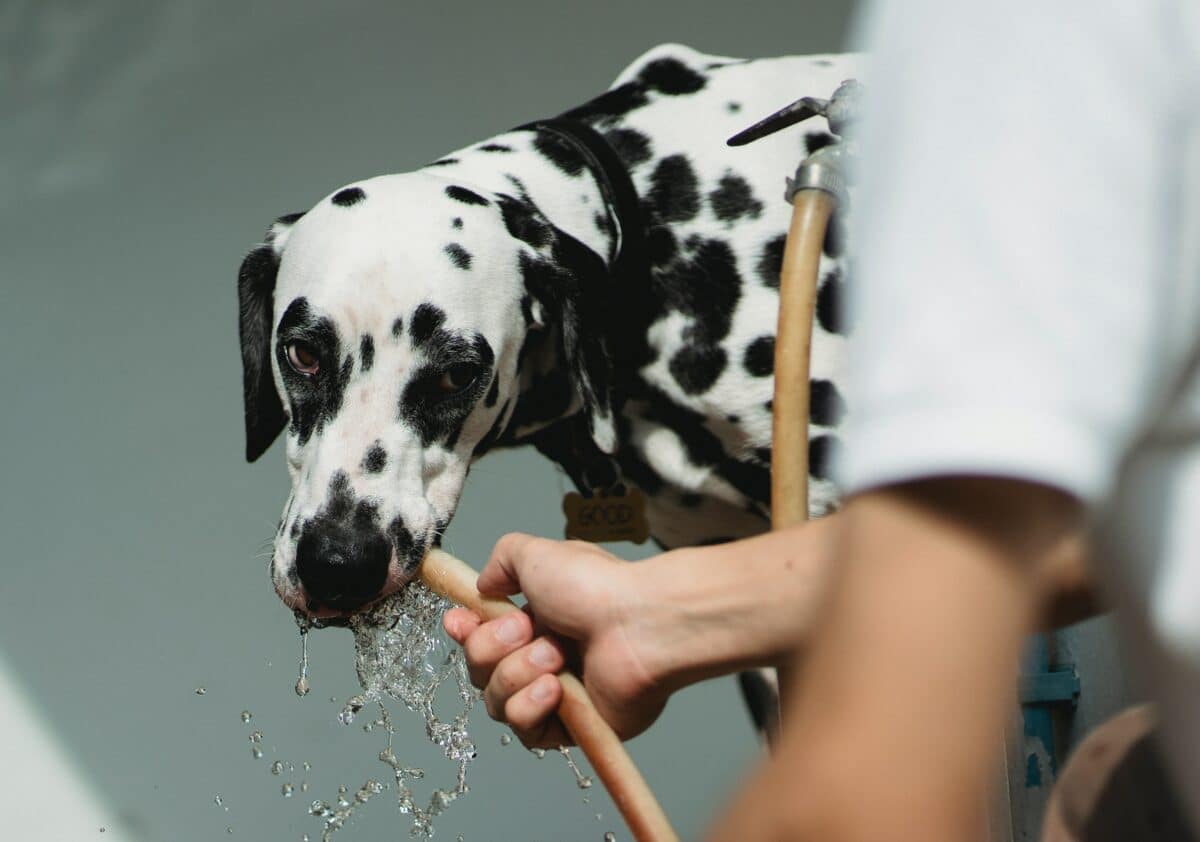As a sweltering European heatwave blankets the continent, protecting ourselves and ensuring the safety and well-being of the animals in our care becomes crucial. Extreme heat can be just as detrimental to animals as to humans, leading to heat stress, dehydration, and other severe health complications. In this article, we will explore practical ways to keep animals cool and comfortable during the European heatwave while shedding light on the negative effects this heatwave may have on our furry and feathery companions.
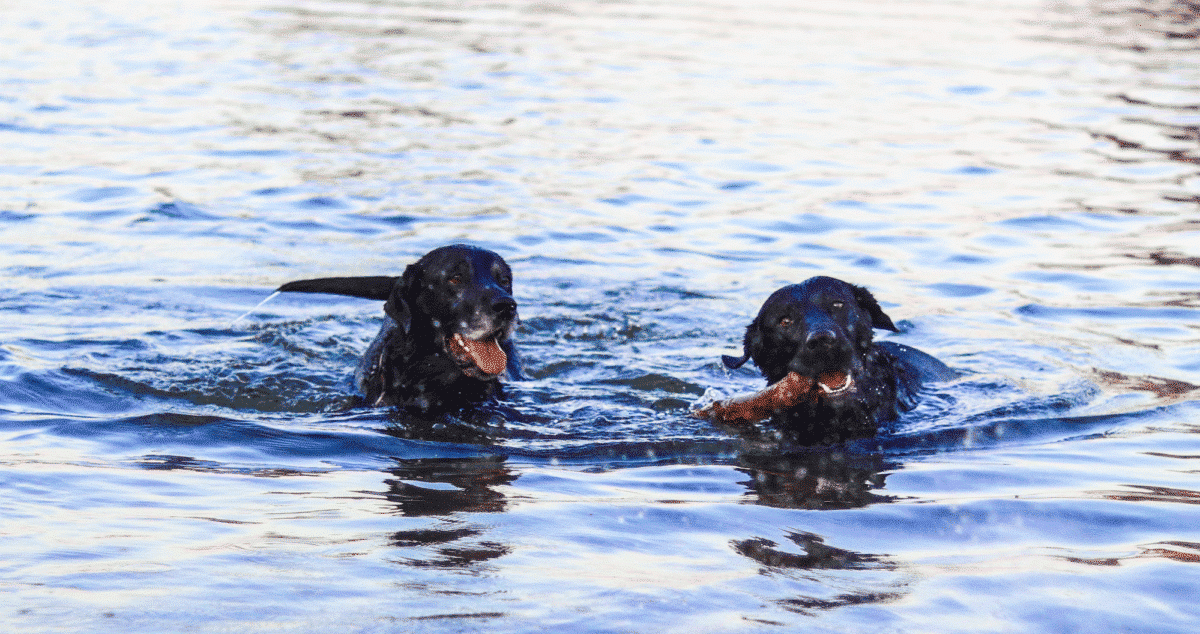
Want to jump ahead? Click below
Understanding the Impact of Heatwaves on Animals

Heatwaves pose significant risks to animals due to their limited ability to regulate body temperature. Unlike humans, many animals lack efficient cooling mechanisms that can perspire to cool down. The scorching temperatures can push their physiological limits, leading to heat exhaustion and heatstroke. Additionally, animals may face challenges finding suitable shelter and sufficient water sources, exacerbating the heat’s detrimental effects. It is essential to grasp these consequences to comprehend better the urgency of protecting animals during heat waves.
Creating Cool and Shaded Spaces
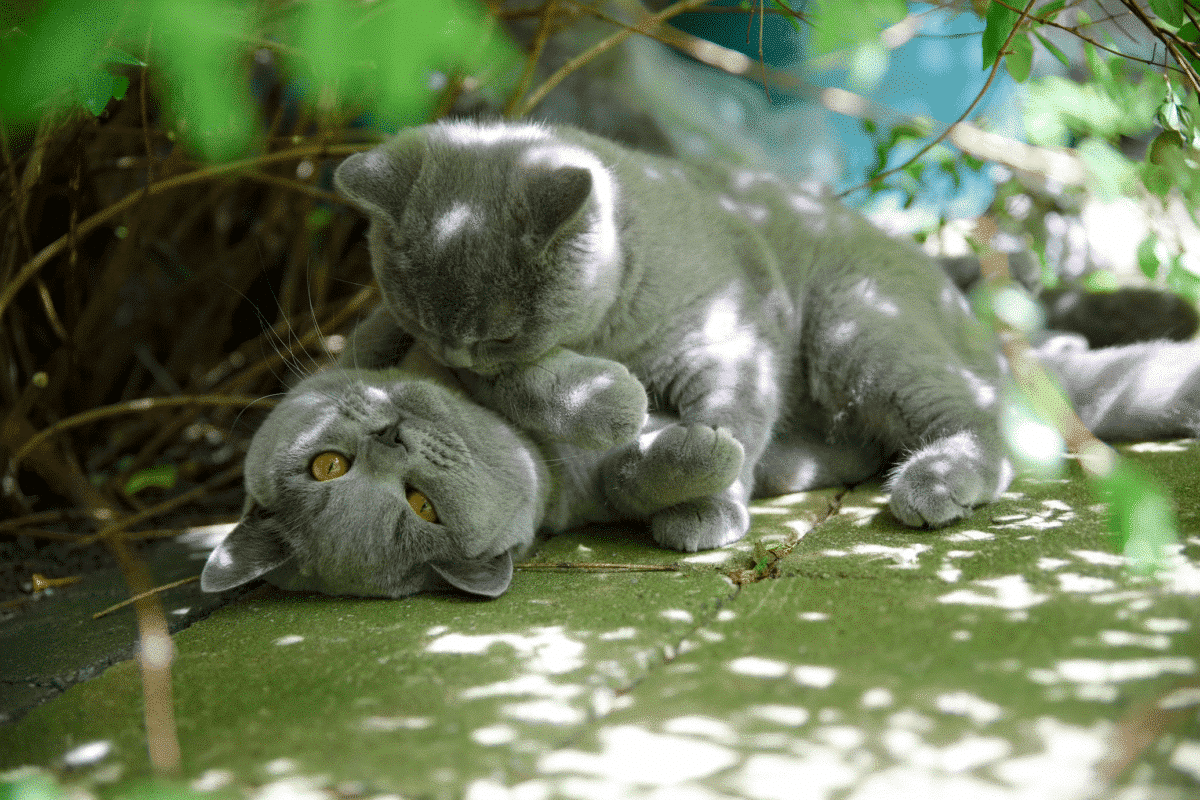
Providing animals with cool and shaded areas is paramount in helping them combat the heatwave. Whether indoor or outdoor enclosures, ensuring access to shaded spaces can significantly reduce their exposure to direct sunlight. Natural sources of shade, such as trees and shrubs, can offer relief, while artificial solutions like canopies or sunshades can also be employed. Proper ventilation systems or fans can also help circulate air and alleviate heat buildup.
Ensuring Ample Water Availability
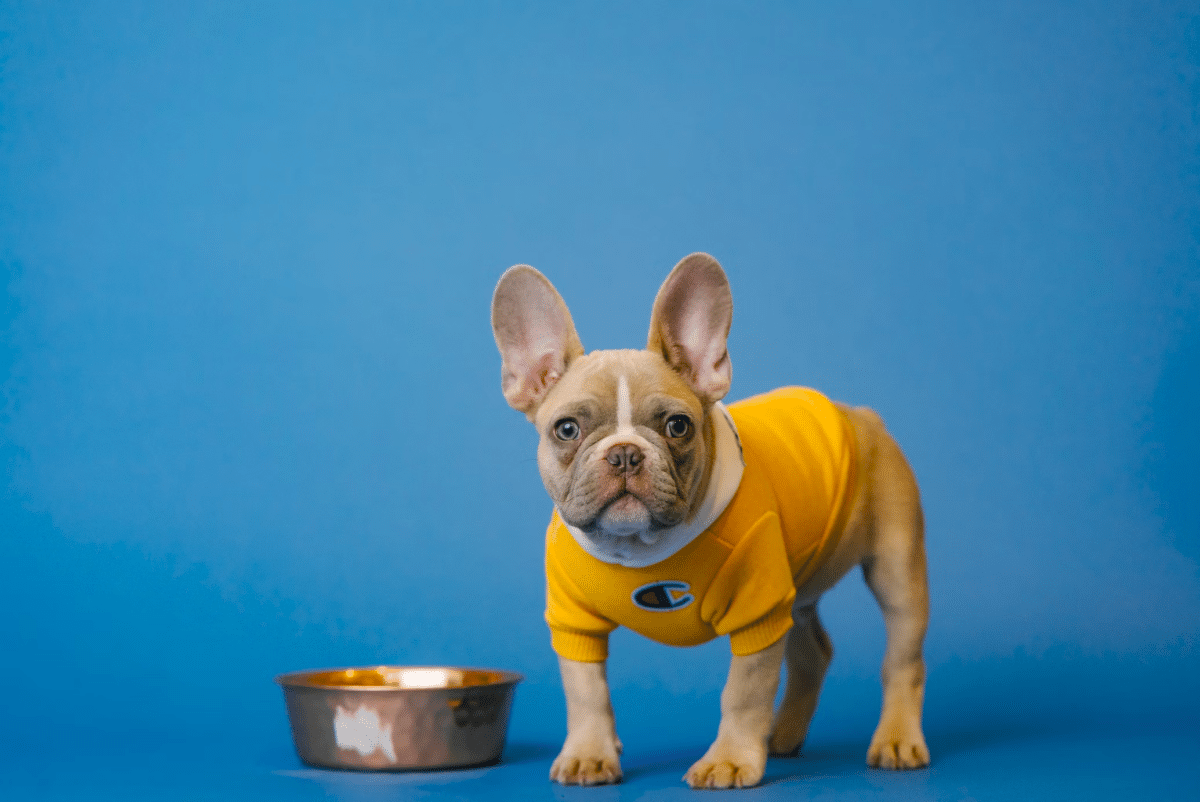
Hydration is crucial for animals’ well-being during hot weather. Water sources must be easily accessible and plentiful throughout the day. Regularly check and refill water containers to prevent them from drying out. Some animals, such as birds or small mammals, may benefit from shallow dishes or bird baths, while larger animals may require troughs or larger containers. Consider adding ice cubes to the water to keep it cool and refreshing for longer periods.
Cooling Techniques and Enrichment
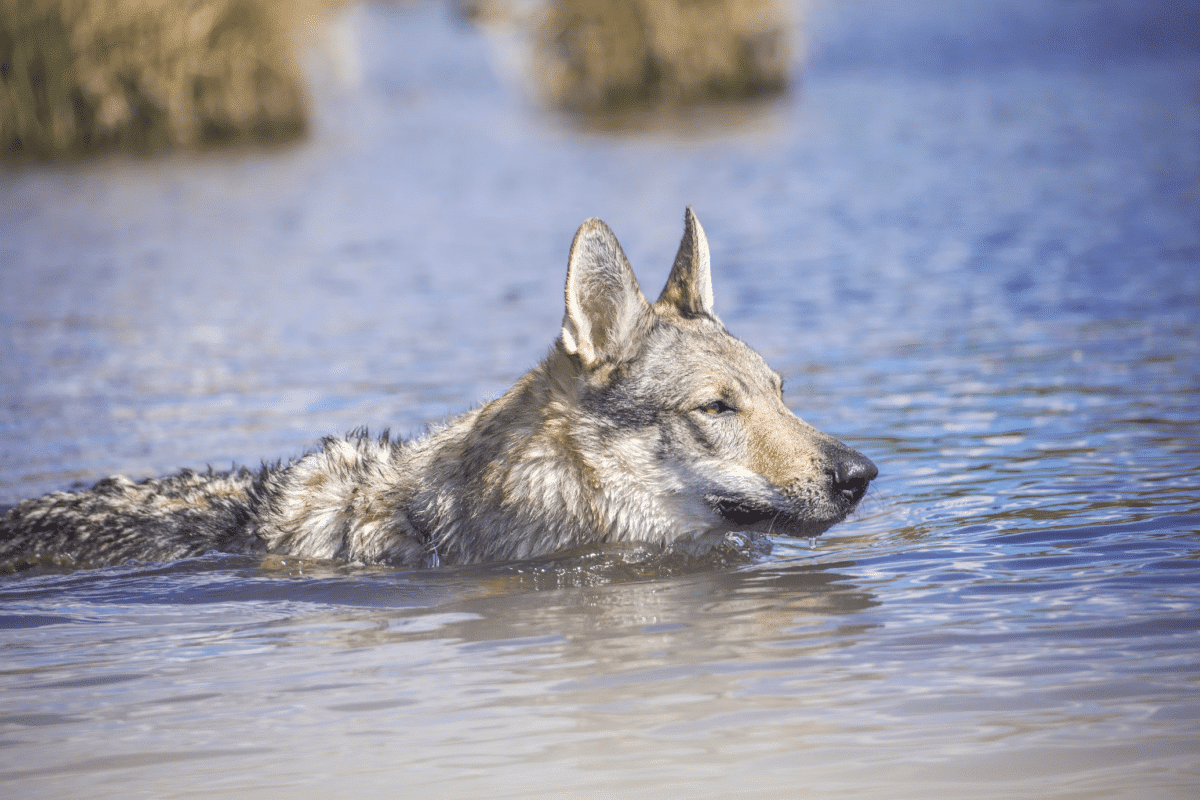
Implementing various cooling techniques can help animals combat sweltering temperatures. For smaller animals, freezing water bottles or small containers filled with water and placing them in their enclosures can provide localized cool spots. Wet towels or blankets can also be used for animals to lie on or seek shade under. Furthermore, enriching their environment with misters or sprinklers can create a cooling effect and offer a playful element for some species, promoting mental and physical well-being.
Adjusting Feeding and Exercise Routines
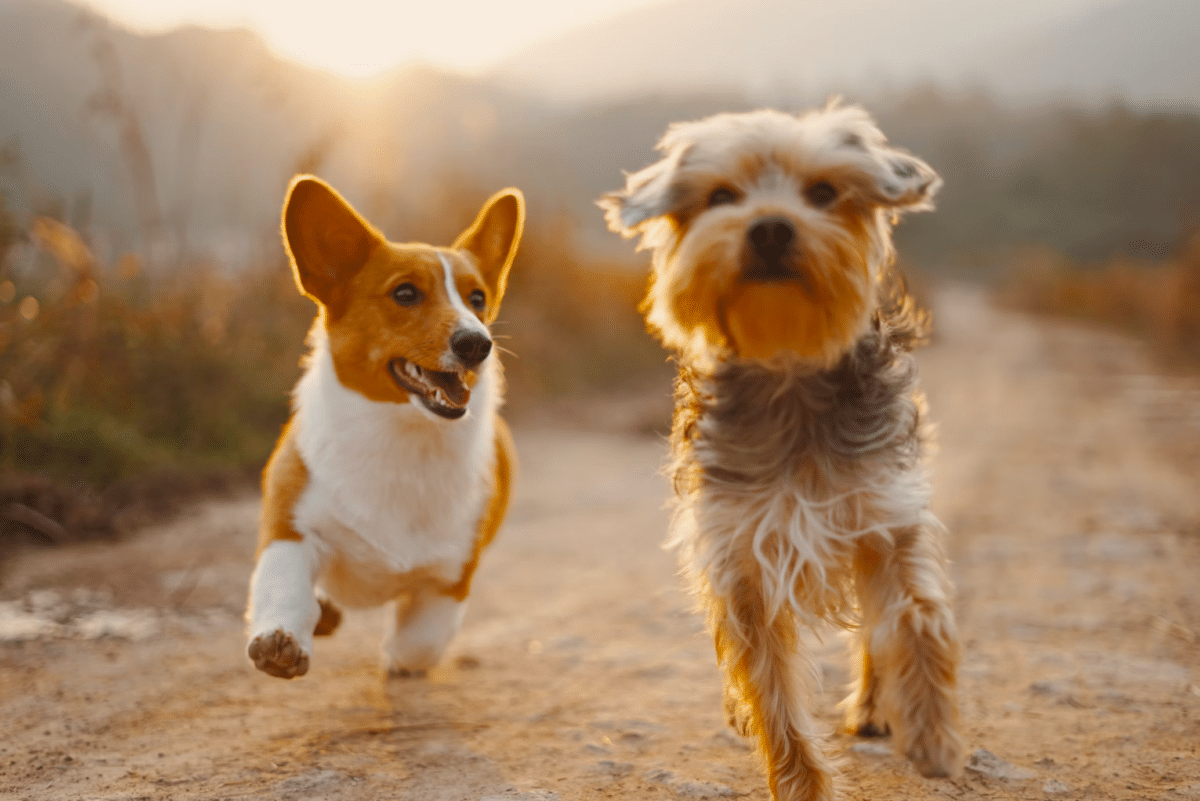
During a heatwave, it is essential to adjust animals’ feeding and exercise routines. Opt for feeding them during the cooler parts of the day to prevent additional metabolic heat production. Adjust portion sizes to avoid overeating, as digestion generates internal heat. Similarly, schedule exercise or play sessions for early mornings or late evenings when temperatures are relatively lower. It is crucial to prioritize their safety and avoid exerting animals during peak heat hours.
For more info, check out.
Wrapping Up with the European Heatwave
As temperatures continue to rise, taking proactive measures to keep animals cool and safe during the European heatwave is essential. By understanding the potential negative consequences of extreme heat on animals and implementing the suggested strategies, we can ensure their well-being and minimize the risks associated with scorching temperatures. Let’s stand together in safeguarding our beloved furry and feathered companions through this challenging period of intense heat.
Next up:
- Watch An Alpaca Have A Sneezing Fit - April 27, 2024
- Cat Saved Stranded By Icy Stream - April 27, 2024
- Feral Cat Finds Comfort In A Tiny Home Built Just For Him In California - April 26, 2024

